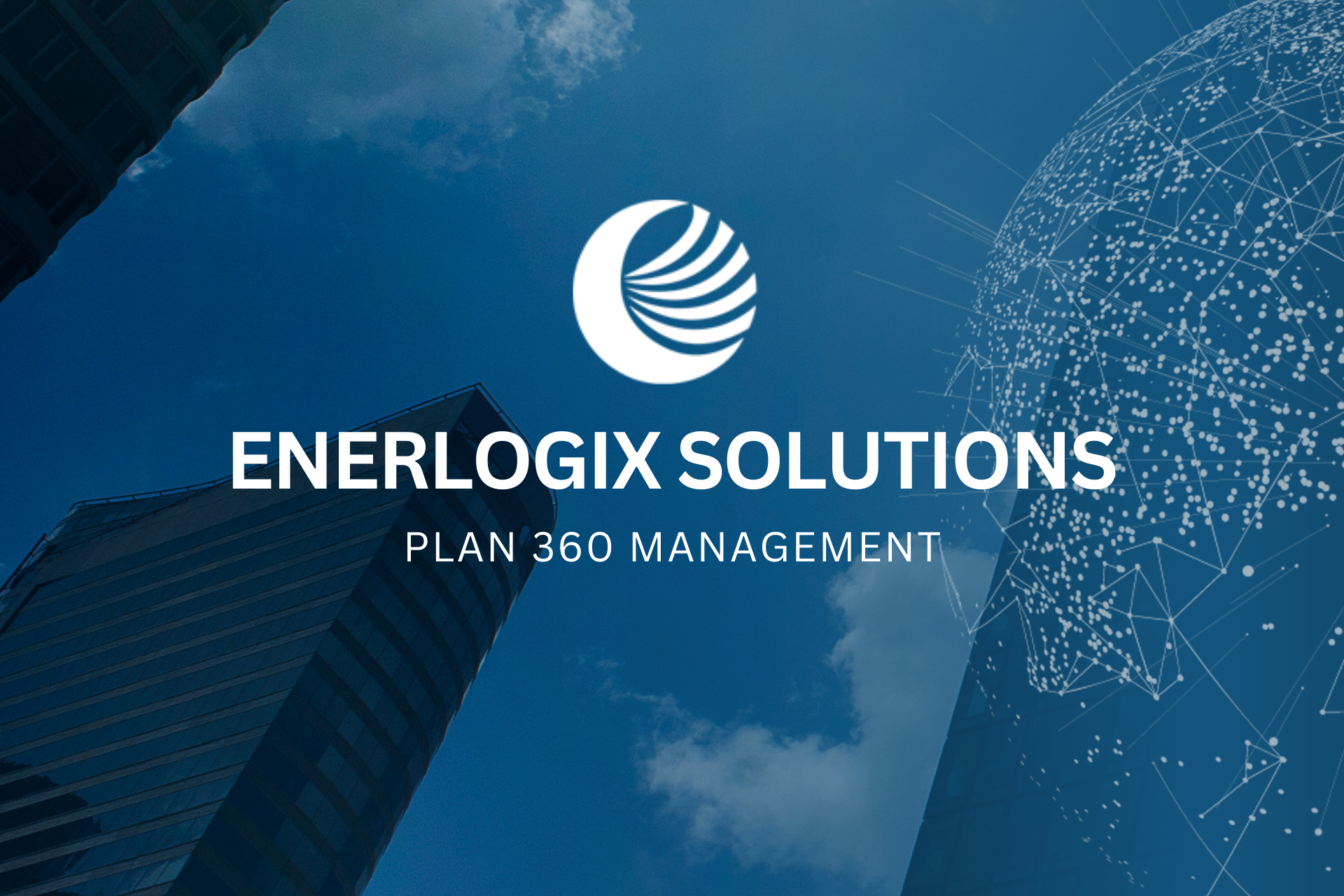Introduction to Geothermal Energy in the Energy Industry
11 de noviembre de 2024
Enerlogix-Solutions
Introduction to Geothermal Energy in the Energy Industry
What is Geothermal Energy?
Geothermal energy is a renewable power source that utilizes the heat stored beneath the Earth's surface. This type of energy has garnered attention over recent decades due to its environmental benefits and ability to provide a constant, reliable energy source.
History of Geothermal Energy
Origins and Early Uses
Geothermal energy dates back to ancient times, when civilizations used hot springs for bathing and cooking. The first use of geothermal energy for electricity generation began in the early 20th century in Italy.
Technological Evolution
Since then, geothermal technology has significantly advanced, enabling more efficient and sustainable extraction of Earth’s heat. Improvements in drilling and plant design have enhanced the economic feasibility of geothermal projects.
Basic Principles of Geothermal Energy
How Geothermal Energy is Generated
Geothermal energy is produced by harnessing heat from the Earth's core. Through deep drilling, hot water or steam is extracted, which drives turbines to generate electricity.
Types of Geothermal Resources
There are several types of geothermal resources, including hot springs, hydrothermal systems, and enhanced geothermal systems (EGS), each requiring specific extraction technologies.
Advantages of Geothermal Energy
Geothermal energy offers numerous benefits, such as reducing greenhouse gas emissions, providing 24/7 power, and decreasing dependence on fossil fuels. Additionally, geothermal plants occupy less land than other renewable energy sources.
Disadvantages of Geothermal Energy
Despite its benefits, geothermal energy has some drawbacks, including high upfront drilling costs and potential resource depletion if not managed properly. Environmental concerns include gas emissions and wastewater management.
Applications of Geothermal Energy
Residential Use
Geothermal energy is used in residential heating and cooling through geothermal heat pumps.
Industrial Use
Industries use geothermal energy in processes requiring constant heat, like food dehydration and pasteurization.
Electricity Generation
The most well-known application of geothermal energy is electricity generation, where geothermal plants convert Earth’s heat into electrical power for the grid.
Global Status of Geothermal Energy
Leading Producing Countries
The United States, the Philippines, Indonesia, and Kenya are global leaders in geothermal energy production, with significant investments in geothermal infrastructure and technology.
Recent and Developing Projects
Innovative projects are emerging in Iceland and New Zealand, where new drilling techniques and resource management practices are being explored.

Geothermal Energy in Latin America
Success Stories in the Region
Latin American countries, like Mexico, El Salvador, and Costa Rica, have successfully integrated geothermal power into their energy grids, contributing significantly to their energy mix.
Untapped Potential
Despite these successes, considerable geothermal potential remains untapped in Latin America. Countries like Chile and Peru are actively exploring new geothermal opportunities.
Recent Technological Advancements in Geothermal Energy
Innovations in Drilling and Extraction
Advances in drilling technology have enabled deeper extraction and access to hotter resources, while improved hydraulic fracturing has boosted the efficiency of enhanced geothermal systems (EGS).
Increased Efficiency and Sustainability
New resource management techniques and materials are making geothermal plants more efficient and sustainable, including wastewater recycling and reducing environmental footprints.
Geothermal Energy Policies and Regulations
Government Incentives
Many governments provide tax incentives and grants to support geothermal projects, encouraging investments in geothermal technology.
Environmental Regulations
Environmental regulations ensure sustainable and safe geothermal resource extraction, protecting the environment and local communities.
Comparison with Other Renewable Energy Sources
Solar Energy
Unlike solar energy, which depends on sunlight and fluctuates daily, geothermal energy provides a constant power supply.
Wind Energy
Wind energy is also variable and dependent on weather, whereas geothermal can produce electricity continuously.
Hydroelectric Power
While hydroelectric energy is a reliable renewable source, it requires large water bodies and may impact the environment. Geothermal energy has a more localized environmental impact.
Challenges to Geothermal Energy Expansion
Geothermal energy faces challenges such as high initial costs, exploration uncertainties, and the need for advanced technologies to access deeper resources. Regulatory and financial barriers must also be addressed.
Future of Geothermal Energy in the Energy Industry
Growth Projections
Geothermal energy is expected to grow significantly in the coming decades, with increases in installed capacity and adoption of new technologies.
Ongoing Research and Development
Continuous research in extraction and resource management is essential for geothermal energy's future. Innovations in materials and technologies could further improve its viability and sustainability.
Conclusion
Geothermal energy has a promising future in the global energy industry. With its benefits, including constant generation and a low environmental footprint, geothermal is an attractive energy option. As technology progresses and challenges are addressed, geothermal energy could play an increasingly important role in a sustainable energy future.
What is geothermal energy?
Geothermal energy is a renewable power source that harnesses the heat stored beneath the Earth's surface. This energy can be used for heating, cooling, and generating electricity.
How is geothermal energy generated?
Geothermal energy is generated by drilling deep into the Earth to access hot water or steam. This heat is then used to drive turbines, which generate electricity.
What are the main benefits of geothermal energy?
Geothermal energy offers several benefits, including providing a constant and reliable energy supply, reducing greenhouse gas emissions, and decreasing dependency on fossil fuels. It also requires less land compared to other renewable energy sources.
What are the challenges of using geothermal energy?
The main challenges of geothermal energy include high upfront drilling costs, the risk of resource depletion if not managed properly, and environmental concerns such as the release of gases and management of wastewater.
Which countries are leading in geothermal energy production?
Countries such as the United States, the Philippines, Indonesia, and Kenya are leaders in geothermal energy production. These countries have made significant investments in geothermal infrastructure and technologies.




